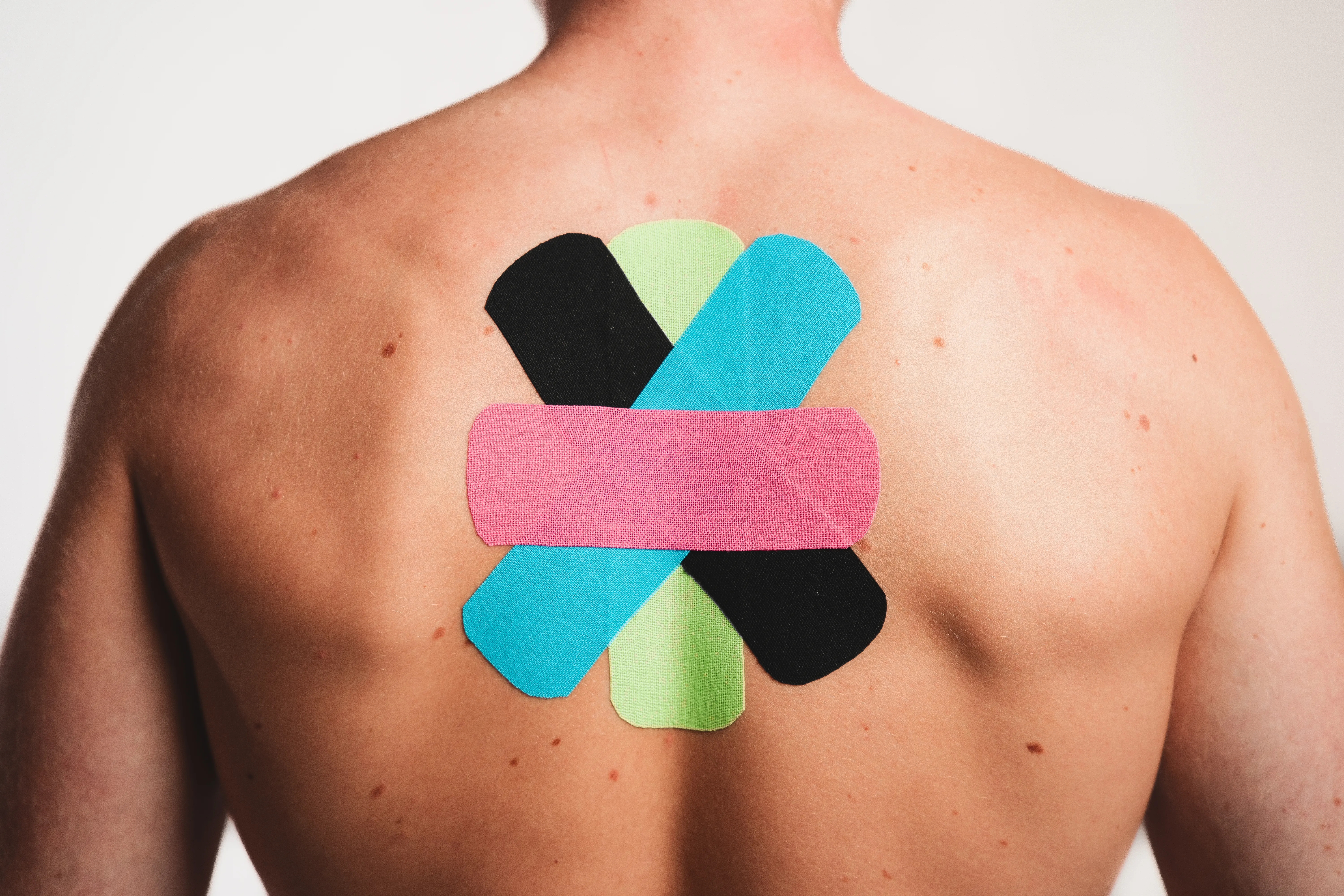How does K-Active® Tape help with upper back pain (chest spine)?
The K-Active® Tape can provide essential support when it comes to alleviating pain in the upper back. The special properties of kinesiological tape, including elasticity and self-adhesion, play an important role in pain management. The tape application stabilizes the upper back, which can reduce the strain on the affected areas. In addition, the tape promotes blood circulation in this area, which can support the natural healing processes. Another aspect is the effect of K-Active® Tape on sensory perception. It can exert a gentle pressure on the skin, which helps our brain to receive positive signals and thus reduce pain stimuli.



